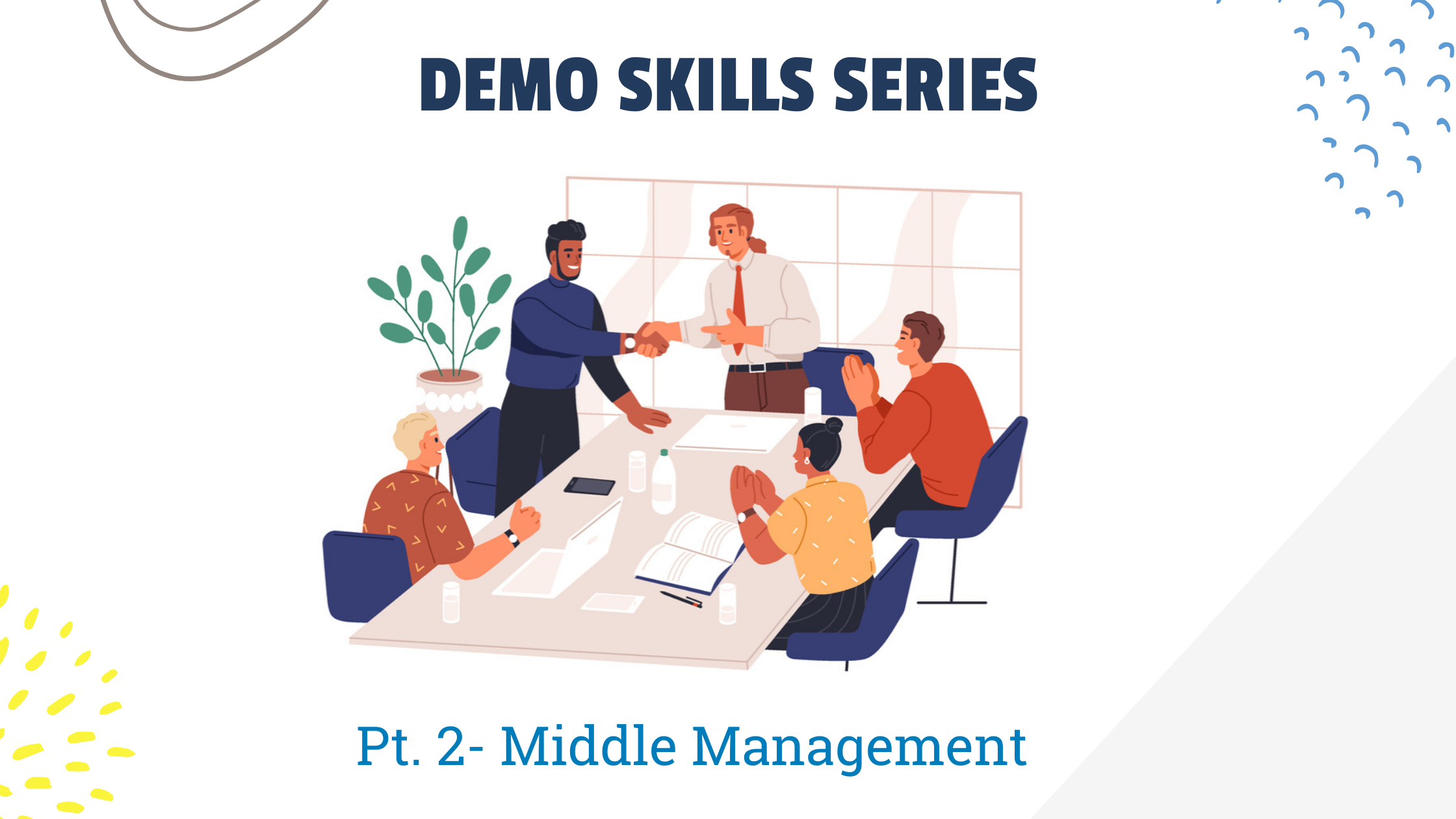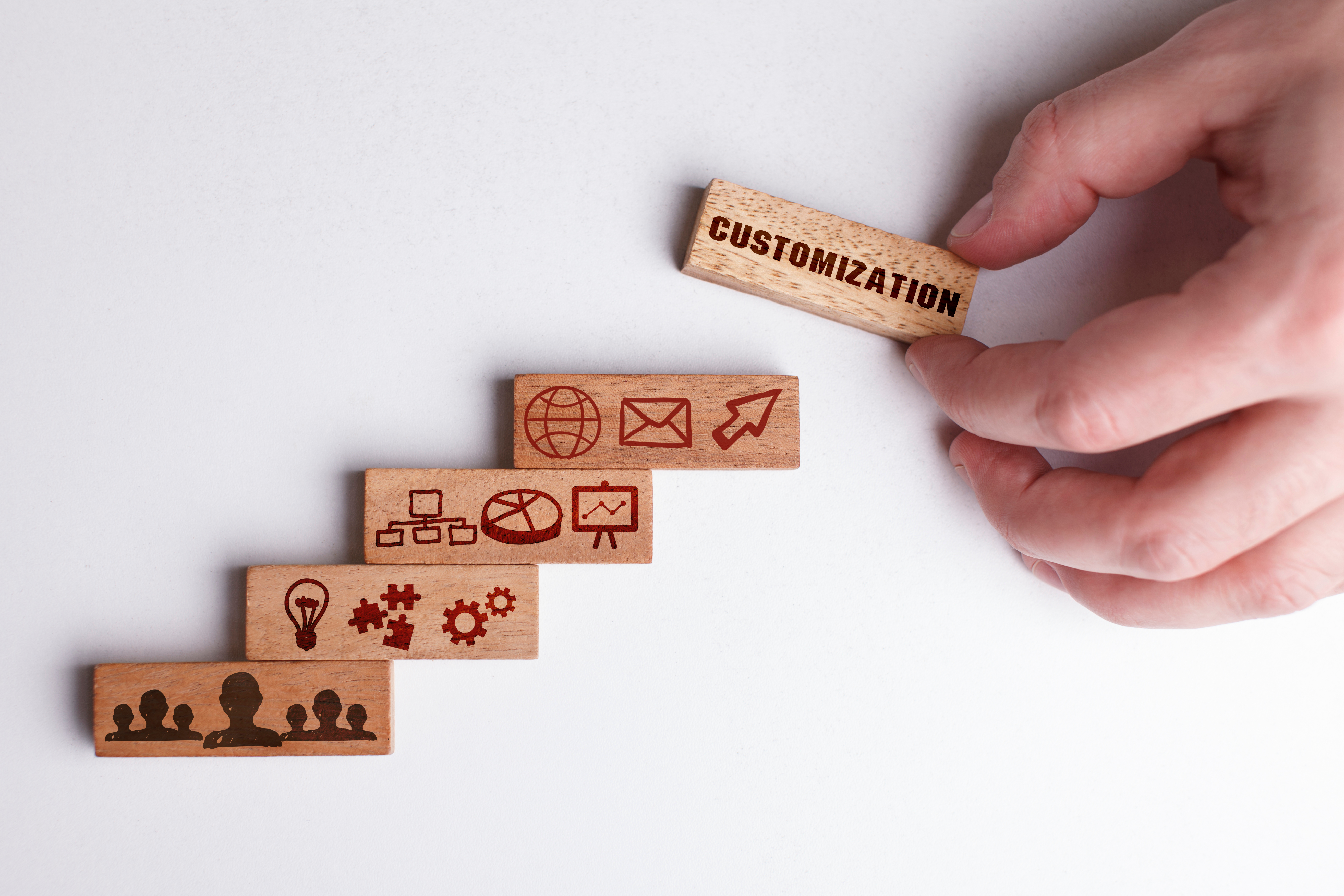

Overview
Here’s the situation. It is Thursday afternoon and you receive a prospect’s voice mail forwarded to you from a salesperson requesting a demo in 2 hours with an attached list of requirements. The prospect states that they have already seen recorded demos of your software and, they currently use a competitor’s SaaS solution so they only need a quick demo that addresses the scenarios in the attachment.
Variations of this scenario abound as prospects have increasingly become more “informed” of your offerings and sophisticated in their use of legacy technology. They are impatient and expect…no demand that they get call backs, answers to questions or personalized responses in minutes not hours or days. They aren’t evaluating 4 or 5 solutions. They’ve already made their mind up which 1-2 solutions they want to consider. Technology savvy millennials, SaaS solutions, smaller implementations and more demo assets have created an entirely new demo landscape for many software companies. This is something I refer to as Demo Chaos.
Bottom line, you are about to interact with someone who believes they are “knowledgeable” or at least knowledgeable enough to be dangerous. So how do you move that person into a position where you regain control of the demonstration? Like an improvisational performer you need to accept the information they provide you and deliver a compelling performance. Below are the top 11 ways to dominate your Demo by managing Demo Chaos.
Top Software Demonstration Training Tips
#11 – BUILD TRUST BEFORE YOU ARRIVE
Around 330 BC, Aristotle proposed the Hierarchy of Learning which, translated into today’s terminology means that a prospect (individual or group) must first Trust you, second believe you are Passionate then (and only then) will they listen to your Message. The problem with demo chaos is that the buyers are reversing the process. They want you to show up (live or virtual) with the right messages and be passionate about it and, if they like what they see and hear, they will trust you and transact. Consequently, you need to perform enough research such that the moment you begin the demo you are building Trust even if they won’t acquiesce to a discovery call before the demo.
Your prospects have a breadth of investigative tools at their disposal. You have investigative tools at your disposal as well. Research their company, the person, or the people involved and refresh your line of business insights that will accompany the demo. Dig deep to determine, if at all possible, the strategic initiatives that their organization is trying to achieve. Websites, press releases, and, for public companies regulatory filings can be very revealing. Based on the demo elements they are requesting, establish 2-3 likely value propositions that would align to the strategic initiatives that you believe are in play. Speak to the prospect in those terms and you will quickly build trust.
#10 – PREPARATION
Coordinate a brief meeting with the salesperson to discuss this prospect’s strategic initiatives. We recommend that a simple mind-map be built from the bottom up (functionality) or top-down (Strategic Initiative). If this opportunity initiated because the socially informed prospect sent you a list of demo requirements, categorize the requirements into functional areas along with the likely outcomes (business or initiatives) that your solution will help them rapidly achieve. One level up from functionality, determine the value-based impact areas that would be the culmination of those benefits statements. Finally, all of the impact areas will likely address a broad improvement area in their organization that supports their strategic initiative(s).
#9 – WHO'S IN THE ROOM?
For each attendee of the demo, determine how you would categorize their role (staff, middle management, executive). Prepare your demo assets and supporting benefit evidence around each of those levels and align those benefits with the names of the people that have responsibility for each area. This brief exercise will center your thinking when you are in the demo “moment” such that you will quickly become adept at driving the proper benefit statements to the proper individuals.
#8 – GET OUT OF YOUR PAJAMAS!
The overwhelming majority of pre-sales professionals are quite adept at scheduling and executing a virtual web demo using your existing tool whether that is WebEx, GoToMeeting, Lync, Connect, or any other of a plethora of platforms. They toss on some comfortable clothes, push aside the mess on their desk, don a headset, grab a coffee, take a seat and run the virtual demo. I’m sorry to report that if what I described reads like your typical setup, it just isn’t good enough anymore.
The top tier of our global clients has taken a very serious approach to invest in higher quality settings and demanding higher levels of professionalism. For example, you need to stand when you execute these demos…it releases your voice and energy. Your headset needs to have digital-quality sound. You need an HD camera, the ability to whiteboard, and enough internet pipe to support all of this. When you use a camera, you need to set up the room like a studio with the proper front lighting.
Oh, yes and don’t forget to look behind you! That’s what your audience sees. That means if you have a window behind you it has to be blocked or covered. Your background needs to be professional, clean, and tidy as does your attire.
#7 – YOUR "VIRTUAL" LOBBY
If a prospect came to your corporate offices for a demo, they would arrive at the lobby and immediately begin evaluating your organization based on the building, the furnishings, and the staff that greeted them. That begs the question “How’s your virtual lobby?” Be purposeful about what they see when they arrive at the virtual meeting. Have your picture on the page. List simple instructions for the use of the tool and chat them a message while they wait asking for a reply. Doing so gets them interacting right away. Place a poll (or pose a question) that asks them to rank the top 3 things that are most important to them for this meeting. When you do connect for the first time, ask a couple of key discovery questions upfront but, be ready to switch to the demo quickly.
#6 – “ENOUGH ABOUT ME, LET'S TALK ABOUT YOU... WHAT DO YOU THINK OF ME?”
Do not start the demo with slides about your company’s history, achievements, and mantras. Socially enabled prospects already know all about you. Instead, open the demo with a primary insight that is connected to their interests and ones that you believe will resonate. Talk to them about how the demo will support that insight. The insight should support what you believe to be their department’s probable strategic initiative. The insight is often borrowed from other similar customers or respected experts. Support the insight with imagery rather than words and bullets on a slide. But, don’t spend more than 2-3 minutes on this. Accordingly, you need to be practiced at delivering 6-8 typical insights with imagery at almost a moment’s notice. Doing this will get their attention and interest without risking an impatient reaction.
#5 – THE ACTION MOVIE TECHNIQUE
Our socially enabled, opinionated, impatient prospect is connected to the session with their shortlist of requirements. Let’s say the meeting has been set for 1 hour leaving time for questions and discussion. 2 hours ago when she requested the demo the salesperson was able to convince her to email him a list of 8 requirements. Based on your experience, you anticipate the list will take about 30 minutes to demo. Do you start with item #1? Probably not. From the 8, you change the order to show the most action-packed item first followed by related items. We call this the Action Movie technique. Think of a James Bond movie. Within 60 seconds you can expect fists, guns, and chases. That’s why you go to a James Bond movie. The same rule applies here. Our social prospect wants action. Their patience is short yet you need to build trust and keep them in their theater seat. Hot functionality (followed of course by benefits and business outcomes) is the best way to accomplish this goal.
#4 – DEMO DISCOVERY
You successfully used the Action Movie technique. You have their attention. Now that you’ve shown them some magic it’s time to explore the magic. Now is the time to do some Demo Disco (discovery). After you deliver the benefits ask them what they think will be the impact of that functionality. What you are doing is staging additional benefits and priming them with positive messages that they own because they said them. Chances are you have now earned enough trust to ask them some questions about the other items on their list. In addition, if later on your solution isn’t a perfect match, your prospect is much more likely to forgive that shortcoming.
#3 – AN IMPROVISATIONAL DEMO
If you have ever had the pleasure of watching an improvisational comedy routine you know how remarkable these actors are at thinking fast. A word like “butterfly” is delivered to a duo of actors and together they begin creating an improvisational skit that started with a single word. By the end of their set they are singing a song, dancing and emotionally connecting butterfly with the audience. Their talents are deep but so is their formula for success. A core element of success is the “yes and…” technique. One actor takes what the other just said, adds “yes and” and begins extending the dialogue. In a demo, you take what you learned during demo disco and perform a “yes and…” to extend the benefits of your solution to other areas that are meaningful to them.
#2 – INNOVATE OR ALIGN?
Within the first 10 minutes of the demo, you need to decide if this prospect is trying to innovate what they are doing today or align with what they are doing today. This is a key moment in your demo. For example, if they are trying to innovate, you want to your benefits to reflect an innovative theme. In an innovate demo, you need to demo a new way of thinking about the challenges and/or goals. If they are trying to align, they probably want your solution to simply improve the status quo rather than reengineering it. In an aligned strategy, your benefits will be all about the solution being easier, faster, or more error-free.
#1 – FINDING THE RESONANCE
Your number one goal in one of these seemingly chaotic demos is to find the resonance of the buyer. As a child, we all learned how to go high on a swing by pumping our legs. Later in life, during physics class, I learned that a swing and a child are all about the child finding the resonance of the swing. When we find the resonance it takes a surprisingly small amount of energy to go higher and higher. The same rule holds true for this style of demo. What you want to do is use the tools I described to find the resonance of this particular buyer and use that resonance to provide you with the momentum to get them to sign at the end of the demo.

Leverage Video Before, During, & After Your Next Software Demo!
If you’re in Sales or PreSales in a technology company, you know all about the importance of securing the “technical win.” Accomplishing this step...



